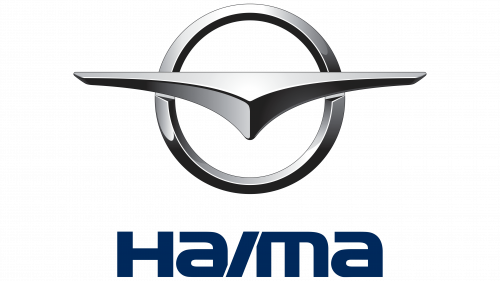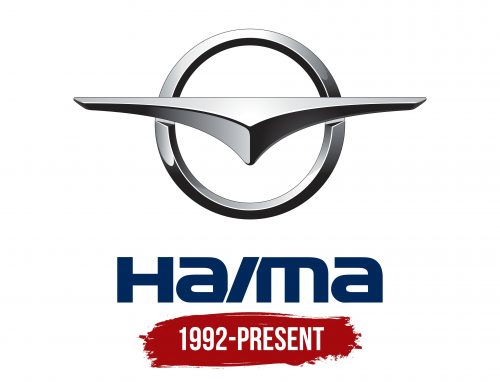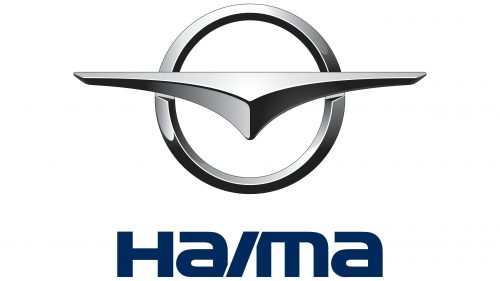The Haima logo resembles an airplane flying precisely towards its target. The emblem represents a company dedicated to creating and modifying Mazda cars, enhancing them with new capabilities. The logo reflects the collaboration between the two manufacturers.
Haima: Brand overview
Haima, founded in 1992 due to a collaboration between the Hainan provincial government and Japanese automaker Mazda, initially produced versions of the popular Mazda 323 and Mazda6 models in the Chinese market. The company underwent a major change in 2006 when China’s First Automobile Works (FAW) acquired a stake, shifting the balance of ownership toward a more domestic orientation. Nevertheless, Haima maintained its partnership with Mazda, modifying various Mazda vehicles such as the Mazda2, Mazda3, and CX-7 for the Chinese market.
The 2010s was an era of diversification for Haima as it began producing its original models, including the Haima 7 SUV and various electric vehicles. By 2020, FAW strengthened its hold on Haima, increasing its stake to 75%, intending to fit the company more tightly into its overall business structure.
Today, Haima operates primarily as a subsidiary of FAW, specializing in passenger cars. Despite this, the company has not completely severed its relationship with Mazda, continuing to collaborate on individual projects. Haima is one of the most important players in the Chinese automotive market. Its production facilities are located in Hainan, Inner Mongolia, and Jilin provinces, employing about 9,000 people.
Meaning and History
1992 – today
The Haima logo features a geometric design with a ring and a triangle with concave sides, resembling a stylized bird. The white-gray color scheme and silver gradient give it a three-dimensional look, like a metal car emblem. The word “Haima” is written in blue sans-serif letters, all the same size but in mixed case, with the “i” slanted to the right, overlapping the “m.”
This design creates a modern and technologically advanced feel. The stylized bird symbolizes freedom and aspiration, aligning with ideals of mobility and progress. The brand name’s blue color conveys reliability, and the slanted “i” adds a dynamic touch, emphasizing innovation.
The geometric design of the ring and triangle gives the logo a futuristic and sleek look. The concave sides of the triangle mimic a bird and add sophistication and elegance. The silver gradient adds a polished, premium feel.
The blue “Haima” reinforces trust and dependability, which are essential for an automotive brand. The mixed case lettering and sans-serif font create a modern, clean look, ensuring readability and contemporary appeal.
The diagonal “i” introduces movement and dynamism, reflecting the brand’s commitment to innovation. This subtle design choice makes the logo engaging and memorable.





